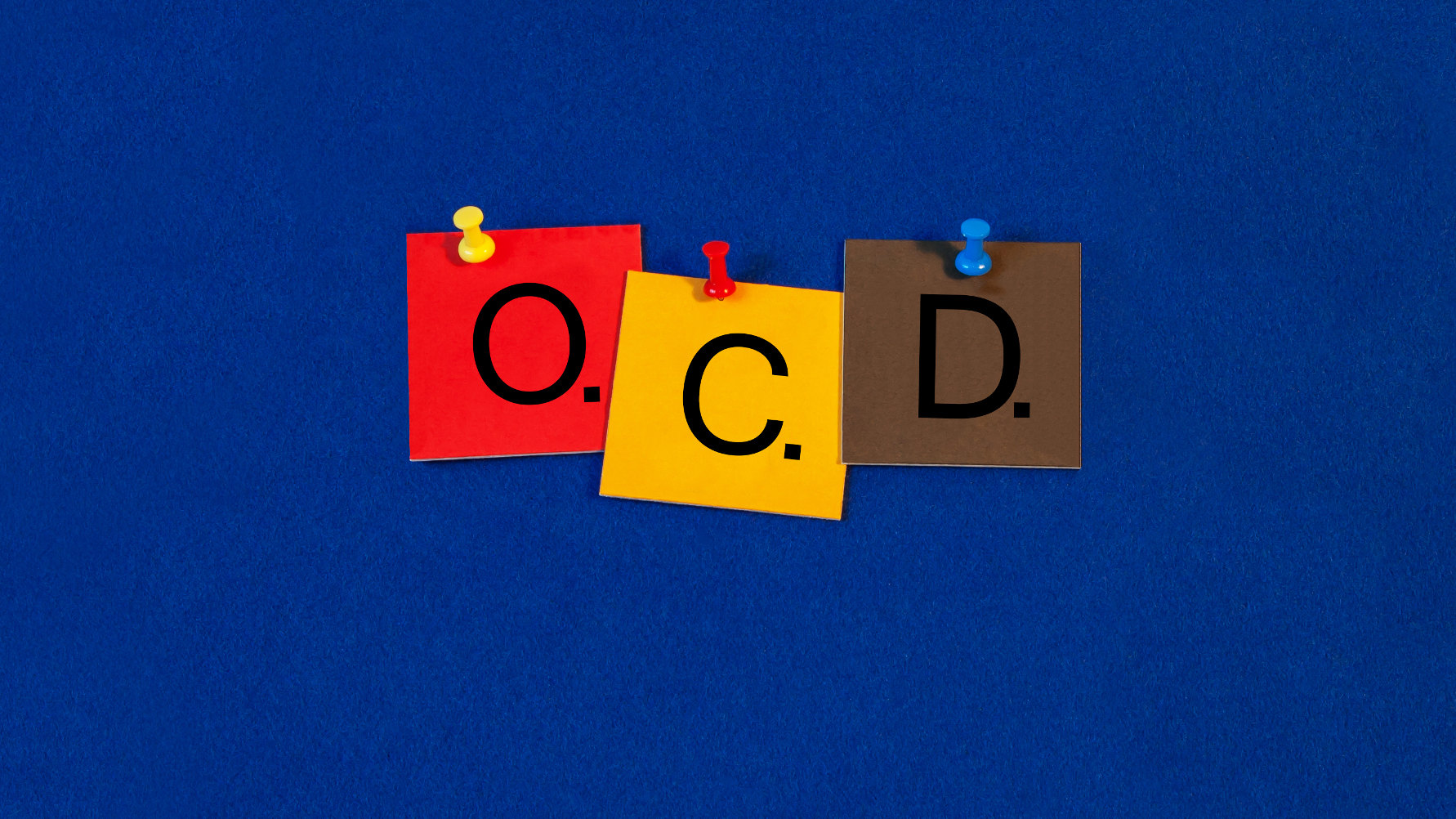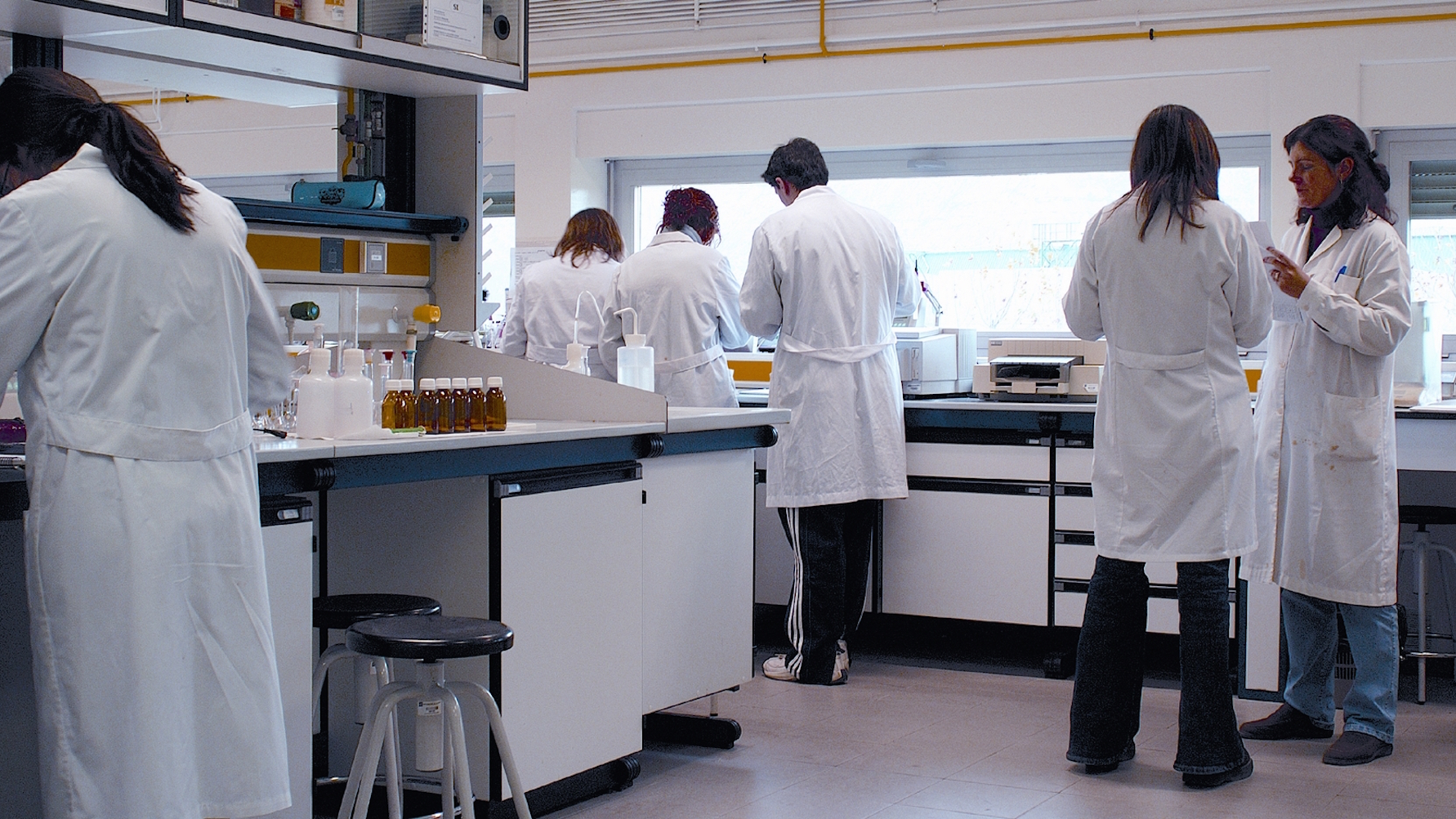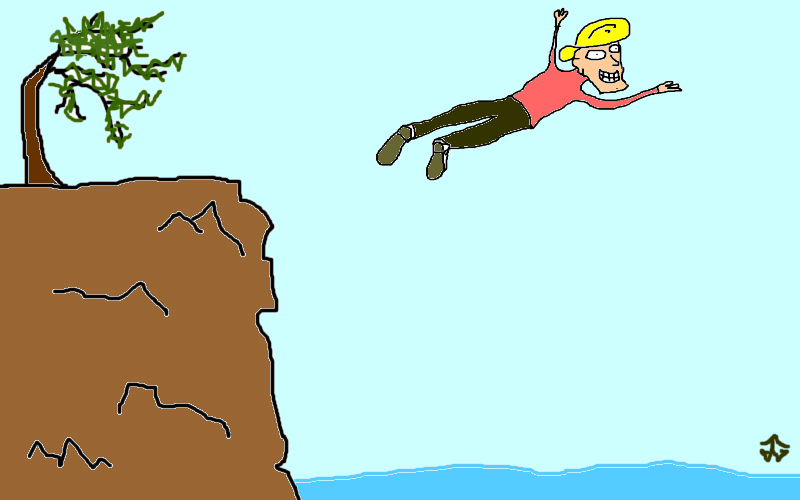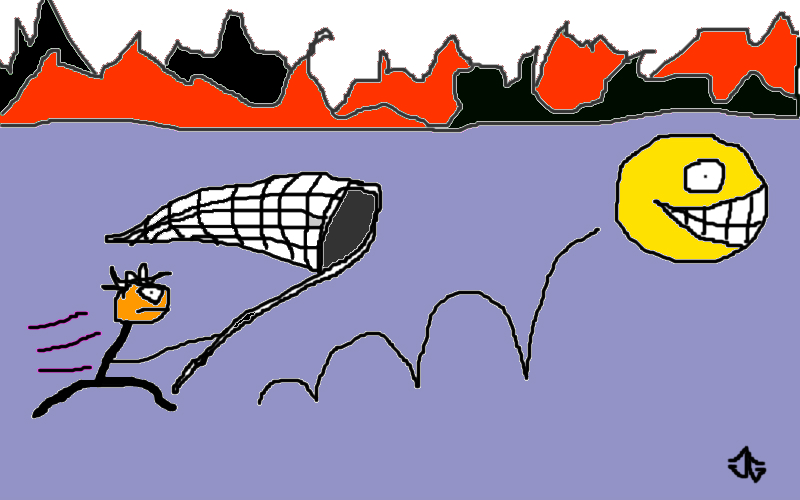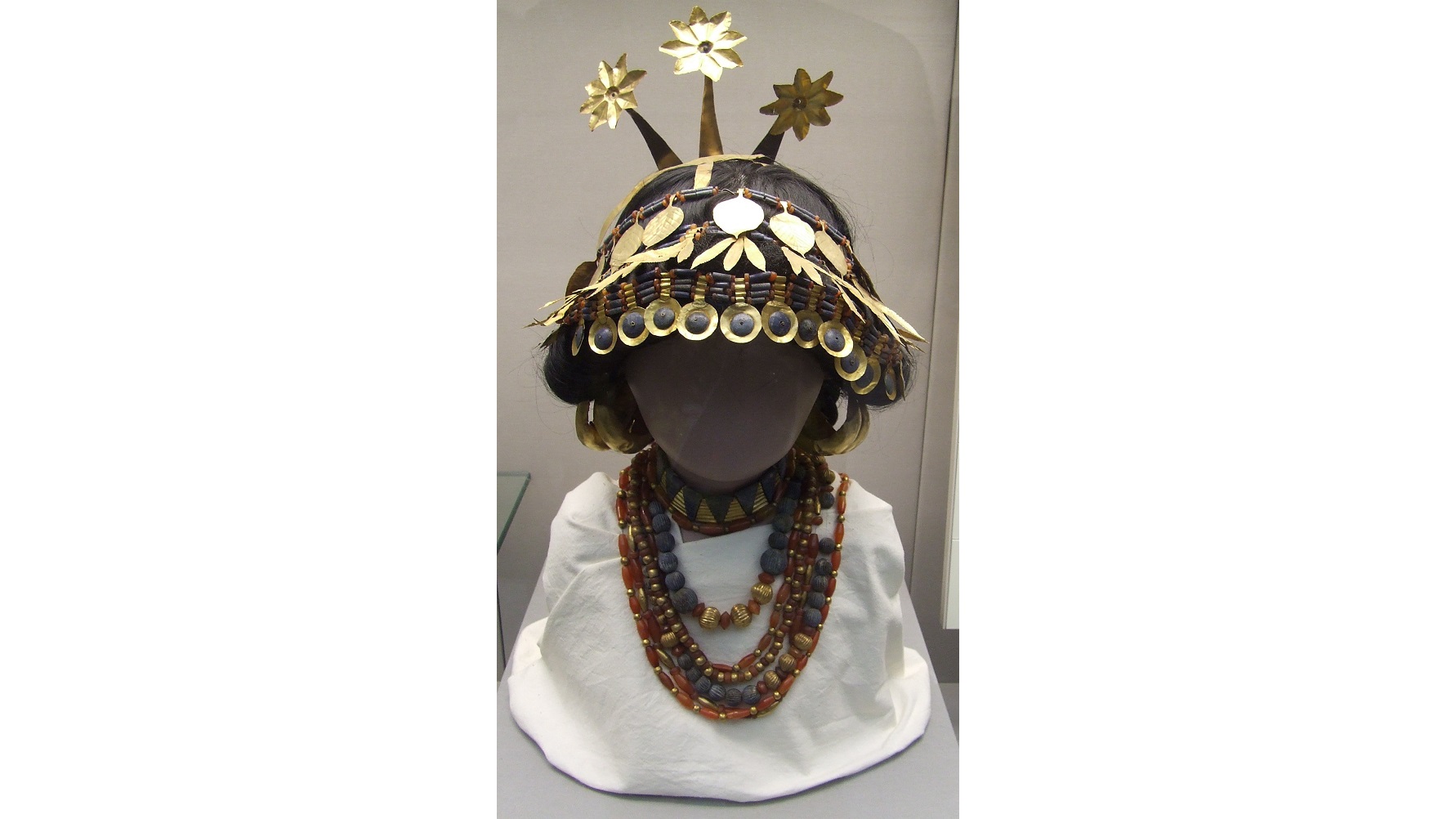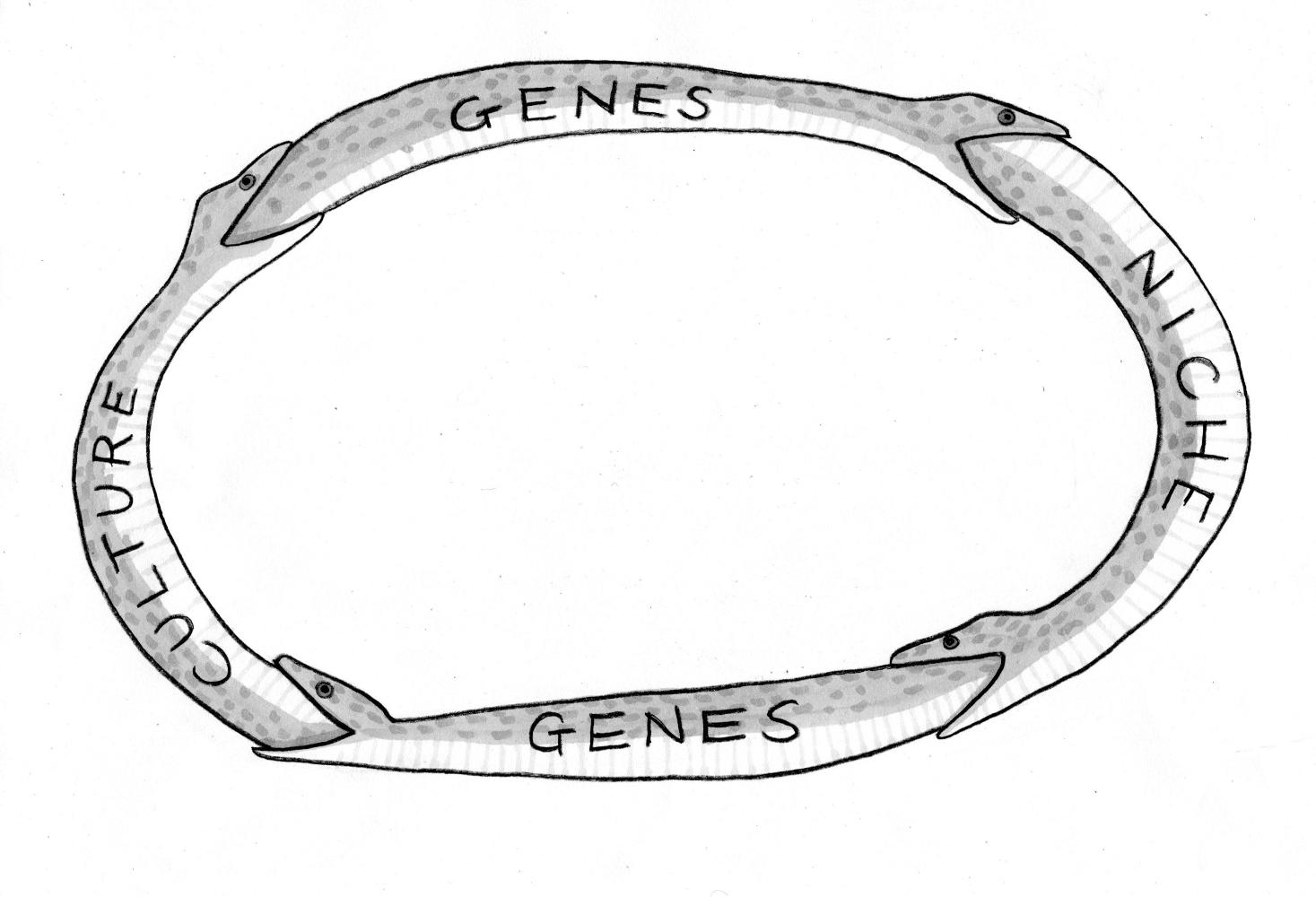Exposure to another language may help open children up to another perspective, allowing them to become better communicators.
All Articles
Trivializing mental illness by making jokes on Twitter may not endear your followers to you.
The protein fiber that spiders spin to make their webs is stronger than almost anything humans can make. Now, with a bit of a push from scientists, spiders have actually created the strongest material known to humans.
Science works through experimentation and replication. Hypotheses are put forward; tests are run; and results are obtained. If something surprising or interesting is found in an experiment, other researchers can […]
The taxonomy team at Amazon is dropping “Boy” and “Girl” as categories for organizing its toys, as friends of those working at the online goods distributor recently announced on Twitter.
Philip Zimbardo, who became a household name after conducting the Stanford prison experiments, argues that our online culture is disproportionately harming boys.
Researchers say that when planning a diet, you should consider your feelings, and how they will play a role in your eating behavior.
Researchers have found watching events like the 9/11 terrorist attacks or a school shooting unfold over social media may have caused some trauma to viewers. They report some even experience PTSD symptoms.
Social media is a place where anyone with a keyboard can shout out their ideals — no matter how controversial. However, researchers are finding that anorexics are taking to these sites and flaunting their unhealthy mentalities toward eating.
NASA’s great observatories combine to give us a unique view of a sight no human ever saw the first time around. “And no one showed us to the landAnd no […]
Will Britain leave the EU? Would Maggie abandon Marge?
Think not in terms of the bottom line, but the skyline.
What do you get when the Death Star meets LEGO friends? “The regional governors now have direct control over their territories. Fear will keep the local systems in line. Fear […]
#3) Avoid toxic people. They’ll just hold you back.
You know what’s toxic? Dividing all of humanity into two categories.
When plentiful food is scarce, researchers suggest making a shopping list may help low-income families keep physically and financially healthy in areas that could be labeled as food deserts.
The high-paid consultants who change companies over to “Holacracy” explain from the outset that it takes an average of five years to make the transition.
Be honest. Nobody’s listening. How happy are you?
New technology will surely improve the lives of older adults. However, there is a secondary effect of today’s technological innovation — it raises our expectations for life tomorrow. Technology is teaching baby boomers and every generation that follows to expect more and better in older age.
To have a Dad Bod, unless it’s truly born of heavy drinking and pizza slices, is to live a busy life in which preoccupation with one’s body image is low on the list of priorities.
An autonomous 18-wheeler has been given a license to drive the long stretches of open road that crisscross Nevada.
With three spatial dimensions, the possibilities are tremendous. But only one answer fits what we see. “Never erase your past. It shapes who you are today and will help you […]
The second most-watched TED Talk of all time has been debunked.
When British archaeologist Leonard Woolley discovered in December 1927 the tomb of Puabi, the queen/priestess of the Sumerian city of Ur during the First Dynasty of Ur more than 4,000 years ago, the story rivaled that of Howard Carter’s discovery of Tutankhamun’s tomb in Egypt just five years earlier. “Magnificent with jewels,” as Woolley described it, Puabi’s tomb contained the bodies of dozens of attendants killed to accompany her in the afterlife — the ideal material for a headline-grabbing PR campaign that momentarily shouldered Tut out of the spotlight. A new exhibit at New York’s The Institute for the Study of the Ancient World titled From Ancient to Modern: Archaeology and Aesthetics puts Puabi back in the spotlight to examine how archaeology and aesthetics intersected, transforming ancient art into modern and making modern art strive to be ancient.
It’s not just about the frequency of sex, according to researchers, but creating an environment where intimacy can organically grow.
School districts are learning that you can’t just throw technology into the classroom without a plan. It’s like throwing money at a problem instead of thinking up solutions.
If you wondered why Missy Elliot performed at this year’s Super Bowl halftime show, it may be because the NFL knew something about the musical tastes of its fan base, average age 44.
Despite popular views, evolution entails inheriting more than genes. And it isn’t all ruthless competition. Nor is it all random mutations. “Niche Construction” adds a third inheritance mechanism to the complicated mix.
Ideas about religion can be so powerful that people can’t endorse them without giving up a part of their identity. It’s the same thing with diets.
These cosmic monsters make the LHC look like child’s play, and yet even they have their limits. “Energy is liberated matter, matter is energy waiting to happen.” –Bill Bryson You […]
A new smartphone app gives a clever nod to Noam Chomsky while giving players just enough inspiration to create some pretty funny sentences.

